The Lamborghini Huracan Evo driven by Double Apex on its national ride and drive event.
A few days ago you would have seen our driving impression of the Lamborghini Urus (click here if you missed it). That drive was part of a recent event during which Lamborghini SA invited us to sample two additions to its local line-up. We’re guessing you’ve already read our impressions on the SUV and now we share with your our Huracan Evo review.
Follow Double Apex on Instagram and Facebook where we share more car content.
Huracan V2.0
The Evo is essentially V2.0 of the company’s entry-level sportscar range, a facelift, if you will. Huracan picked up where the extremely successful Gallardo (14 022 units were sold during its lifetime, at one time accounting for half of all Lambos ever produced) left off. Lamborghini entered a new era as the Huracan featured a carbon spine, lashings of lightweight materials and a more user-friendly package. Buyers took to it in their droves. Gallardo’s replacement picked up the baton and ran beating its predecessor’s sales record in half the time. So how does one improve on a winning formula?
View bespoke images from our visit to the Lamborghini museum at this link.
What’s new on the outside?
The most obvious changes for the newer model are a revised frontal aspect and a flicked-up duck-tail spoiler on the rump. Lamborghini has applied its signature Y-shaped design cue to the front bumper air dams and side intakes. At the rear, a little spoiler has been neatly integrated in between the tail-lamps so as not to appear like an afterthought. The quartet of exhaust exits has been replaced by a pair of bazooka-like tail-pipe finishers that have been repositioned to exit either side of the number plate.
Check out this unlikely Huracan-based off-roader.
On the whole, the new appearance is crisp and comes across as fresh without being too far removed from the clean lines of the original design. Oh, and the revisions aren’t purely cosmetic either. Lamborghini claims Huracan Evo improves down-force and aerodynamic efficiency more than five times over the first generation Huracan.
Click here to read about Track-only Supercars, including the Lamborghini Sesto Elemento.
The big change
Under that waist-high engine cover is the most significant change to the Evo. The 5,2-litre V10 has been massaged to deliver a rip-snorting 470 kW along with 600 N.m of peak torque. These figures bring it in line with outputs from the outgoing Huracan Performante. Changes to the naturally aspirated engine include Titanium intake valves and a lightweight exhaust system.
From the moment you prod the jet-fighter-style starter button, you realise this motor is something special. There’s a brief whirr of the starter motor before ten-pieces of petrol-fuelled mechanical instrumentation burst into life: BRAAAAAAAAAAAARRRRR. If you owned one of these, every house in a five-block radius would know exactly what time you leave for work. The sounds emanating from the engine bay are not melodious in the same way as a flat-plane V8 or a high-strung V12, rather they are more buzz-saw hard-edged. The upshot of Lamborghini using a naturally aspirated engine with just 520 cm3 per cylinder is hair-trigger-like throttle response.
How does it go?
Our route on the day brought us back from sleepy seaside villages on the Cape’s southern coast, along undulating roads and back into the Mother City via its two main national roads. In these few hundred kilometres we got the opportunity to let the Evo stretch its legs when conditions allowed. This engine will, in my opinion, go down as one of the all-time naturally aspirated greats. The V10 is coupled with a dual-clutch transmission that is always ready to play. If you’re in the mood you can also take over the cog-swapping duties via the paddles behind the wheel. Of course, dropping a few gears for no reason whatsoever also brings with it wave after wave of knock-you-in-the-seat acceleration, and more of that spine-tingling soundtrack. Revving the motor north of 8 000 r/min is a proper enthusiasts delight. This must rate as the loudest production car we’ve ever driven.
The ride, as can be expected, is firm, firmer than say the equivalent McLaren and the Evo doesn’t quite breathe with the road surface with same level of fluidity. Admittedly, some of the roads we traversed were not in the finest condition. Evo feels like a more decisive and alert package than I recall the first-generation Huracan to be. Active rear-wheel-steering and torque vectoring will have a role to play in its on-road behaviour. A large part of this must also be down to the LDVI (Lamborghini Dinamica Veicolo Integrata, if you must know). This is a central control unit that process input from various sensors around the car and then primes the traction control, adaptive damping and torque vectoring to anticipate the driver’s next move.
Three driving modes can be accessed through the “Anima” (drive selector) switch at the bottom of the steering wheel. Strada (open-road/comfort), Sport, and Corsa (race) ramps up performance and primes aspects of the car (suspension, traction control, etc) for more spirited driving, as well as the noise levels emitted from the motor. The racier modes bring neck-snapping gearshifts and whip-crack exhaust dramatics. The Sport and Corsa settings were a little too firm for our liking and we spent most of the trip in Strada.
Interestingly, Lamborghini Huracan Evo does not have an ‘Ego’ option (as per the Urus) whereby drivers can choose various settings from the powertrain, transmission, damping and exhaust. I find this strange and unfortunate. There is no way to choose the softer suspension set up with a sharper transmission and engine response if, for example, the road surface isn’t great.
Summary
The Lamborghini Huracan was met with a lukewarm reception from some quarters of the media when it debuted a few years ago, me included. But that sentiment was not shared by buyers who flocked to dealers in their thousands to buy the new, more practical and user-friendly entry-level Lambo. Lamborghini was not going to rest on this sales success and decided to ramp up the revisions on the second generation product, and it has. Huracan Evo has a sharp new appearance, a raft of new technology and is even more engaging and thrilling to drive, all good stuff. The fact it still features the only naturally aspirated engine in its class must sit well with the purists. We foresee the Huracan Evo becoming the best-selling Lamborghini of all time, and for good reasons, too.
Model: Lamborghini Huracan Evo
Price: R5 500 000
Engine: 5,2-litre V10
Transmission: seven-speed dual-clutch, AWD
Max power: 470 kW
Max torque: 600 N.m
Top speed: >325 km/h
0-100/200 km/h: 2,9/9,0 sec
Fuel consumption: 12,3 L/100 km

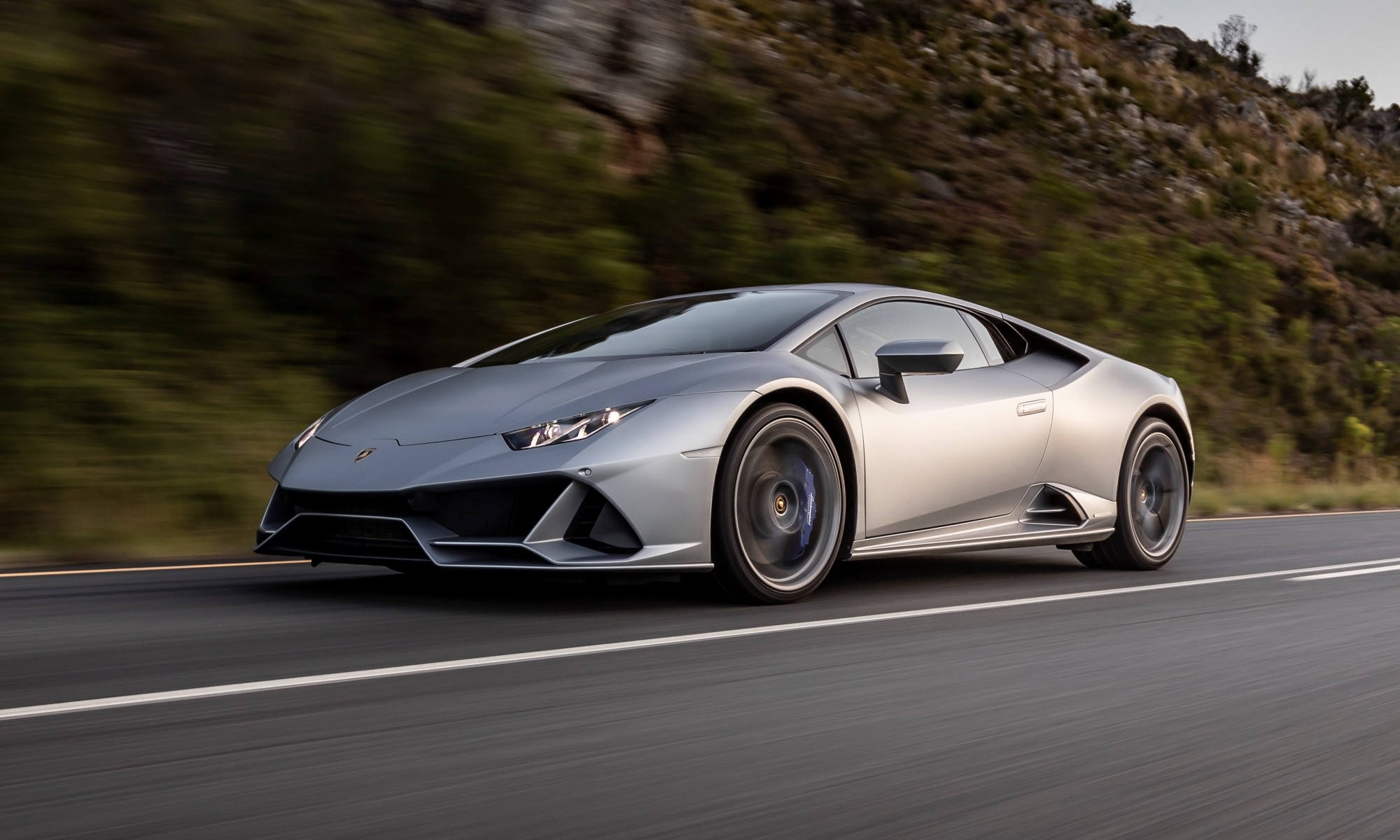
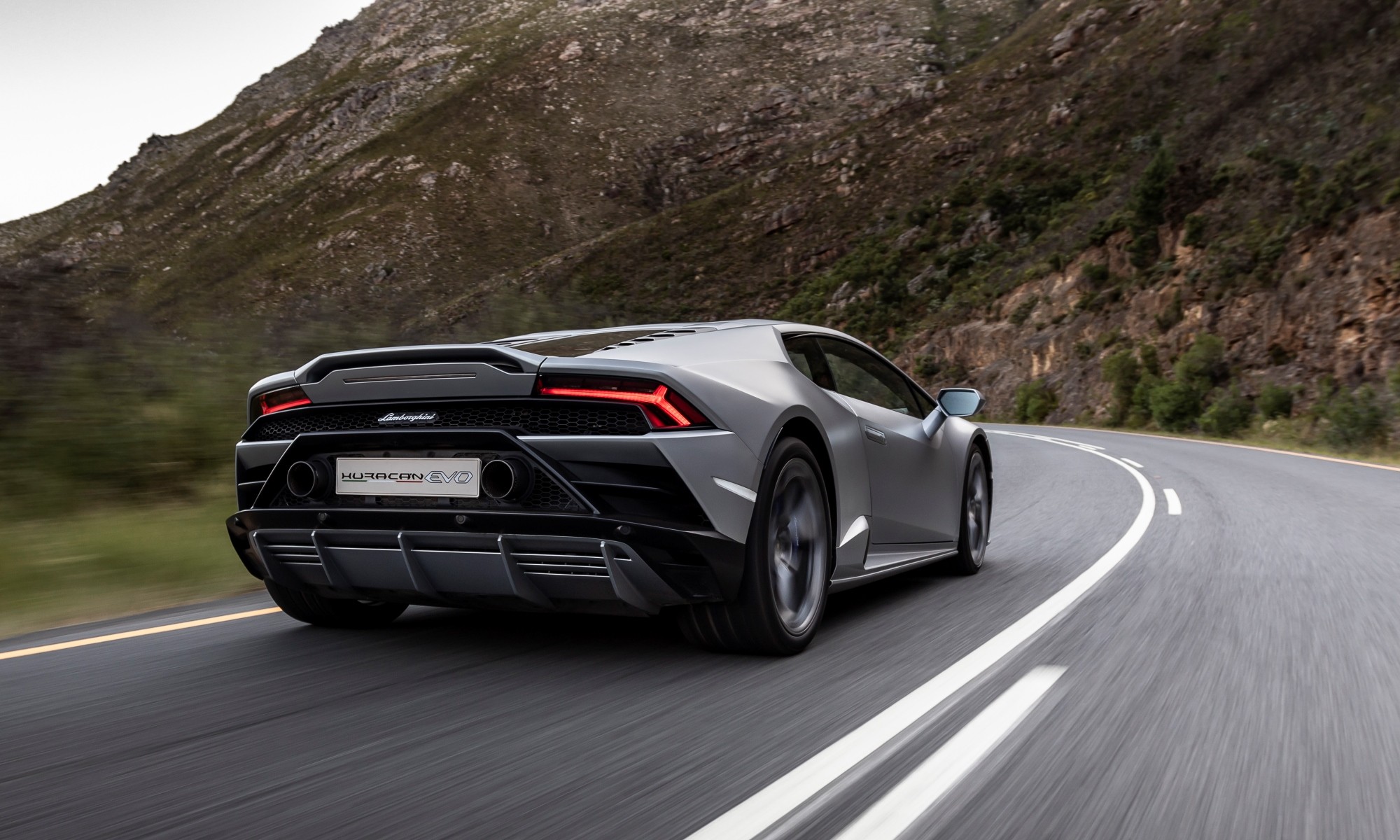

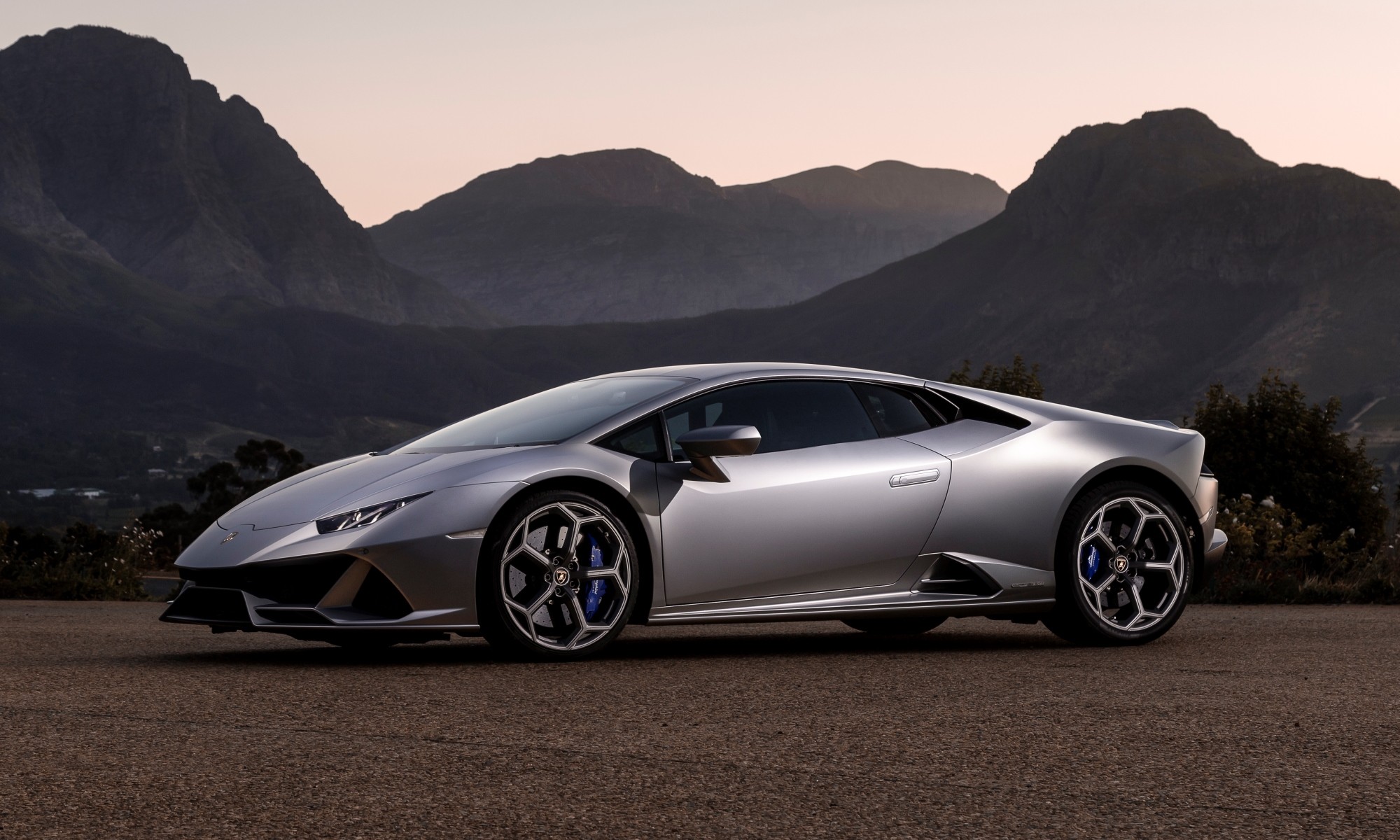
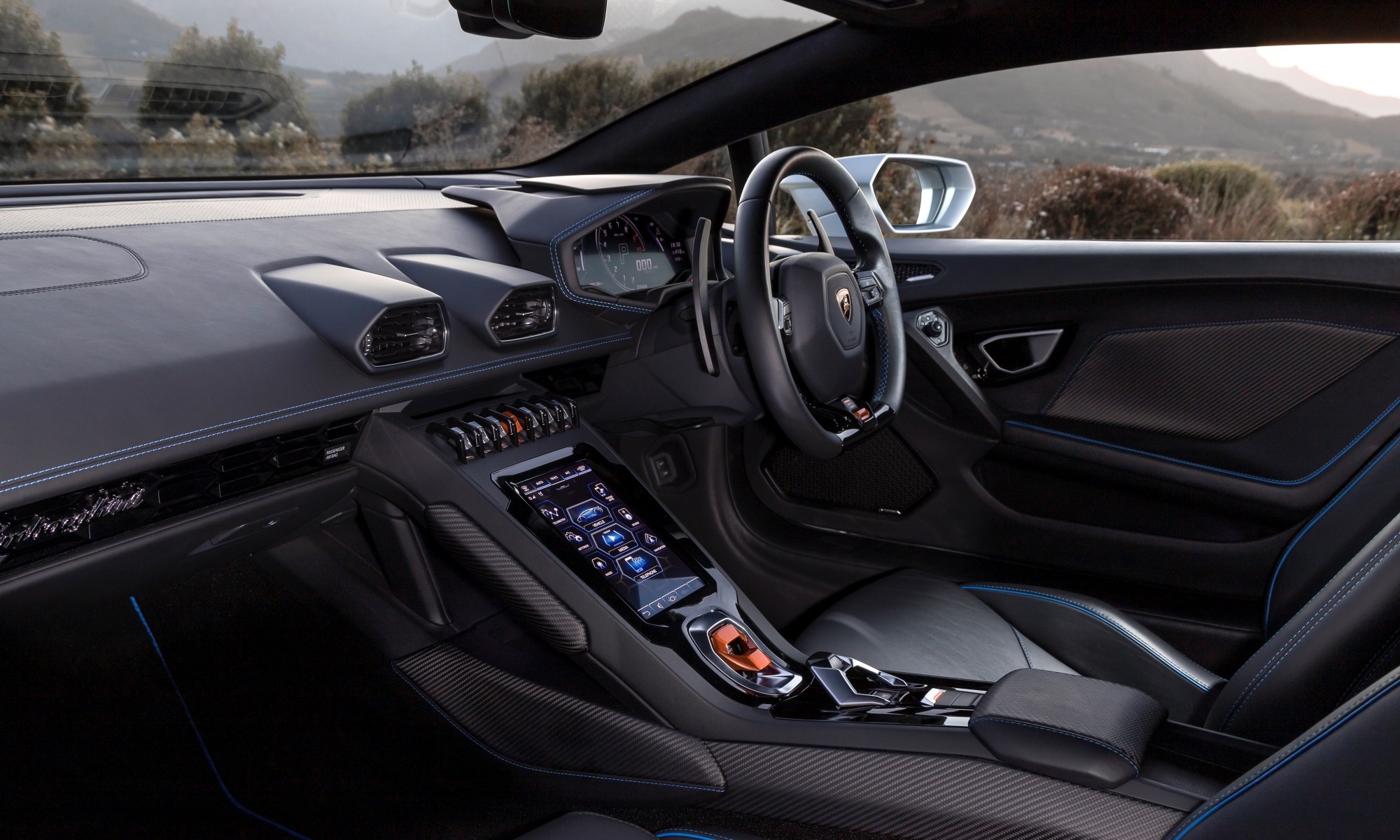
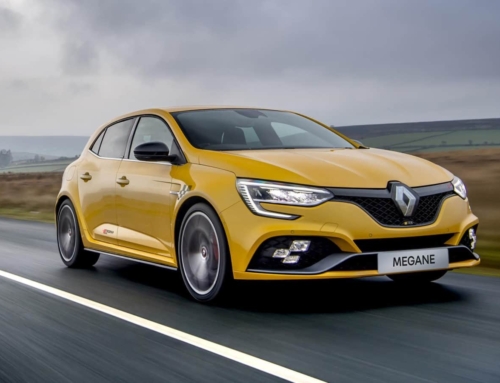


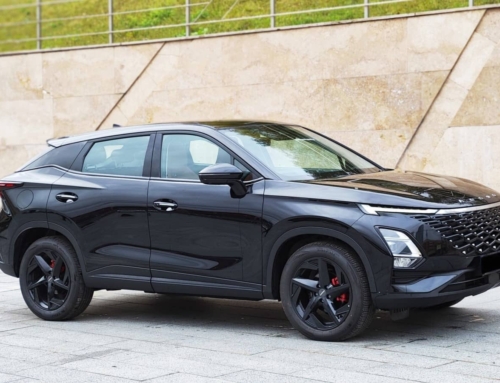
Leave A Comment